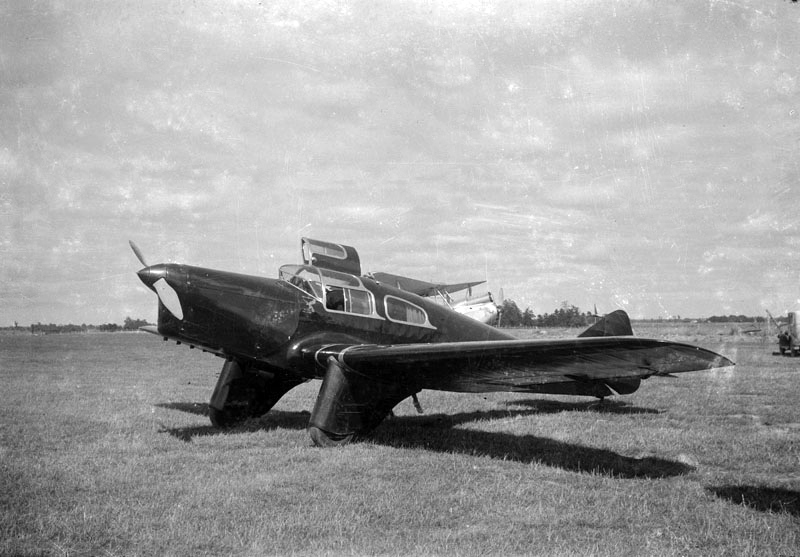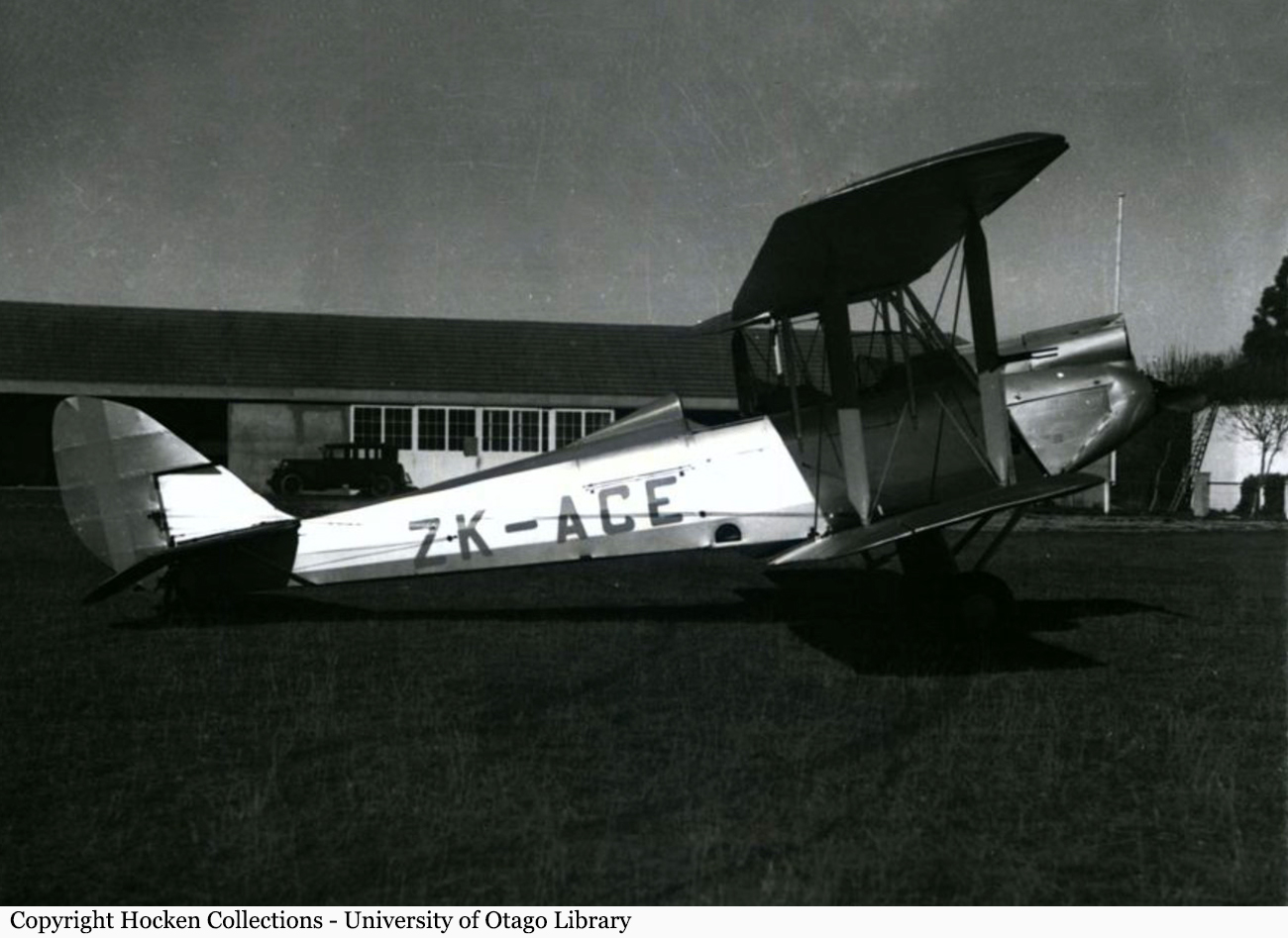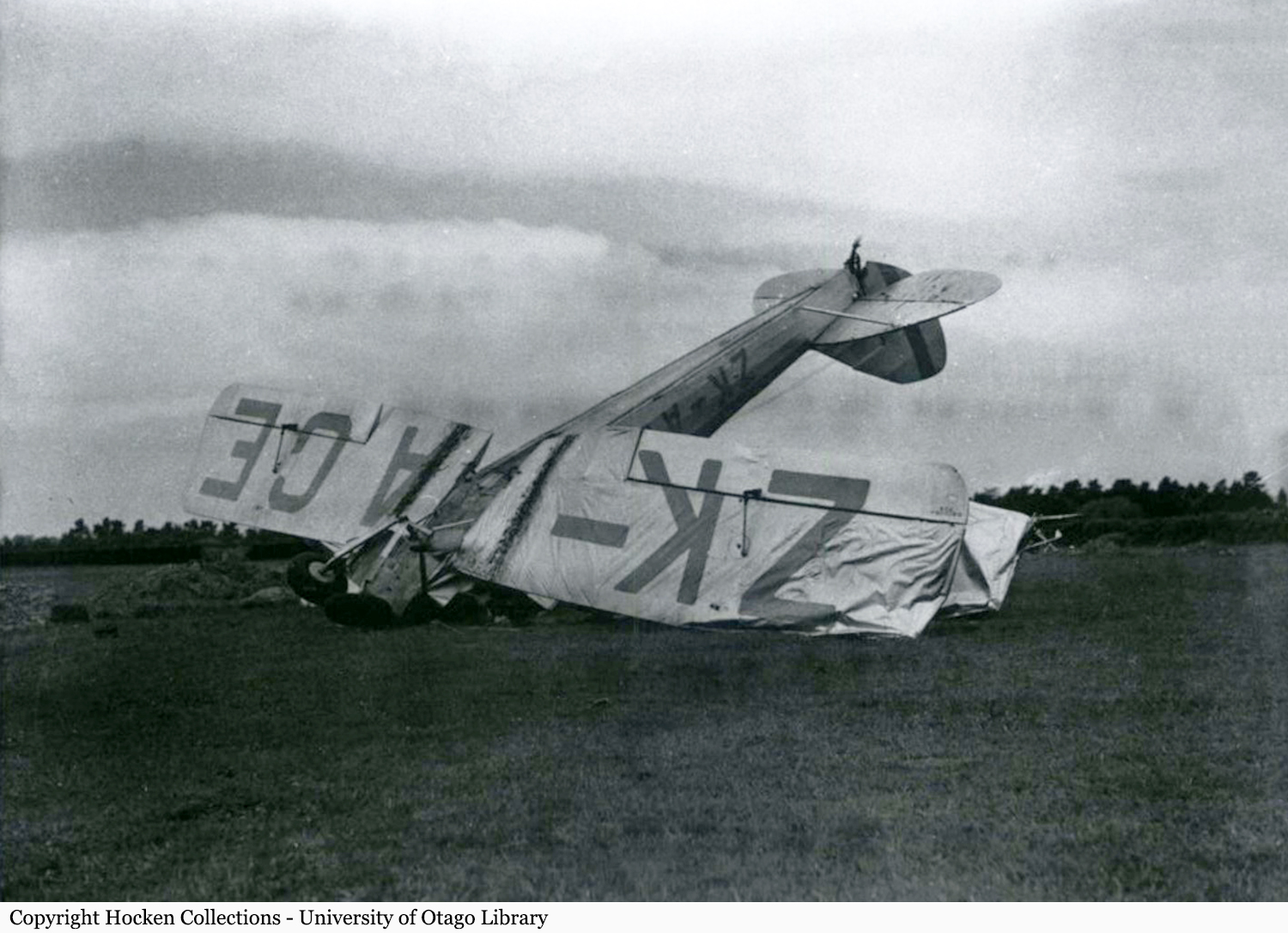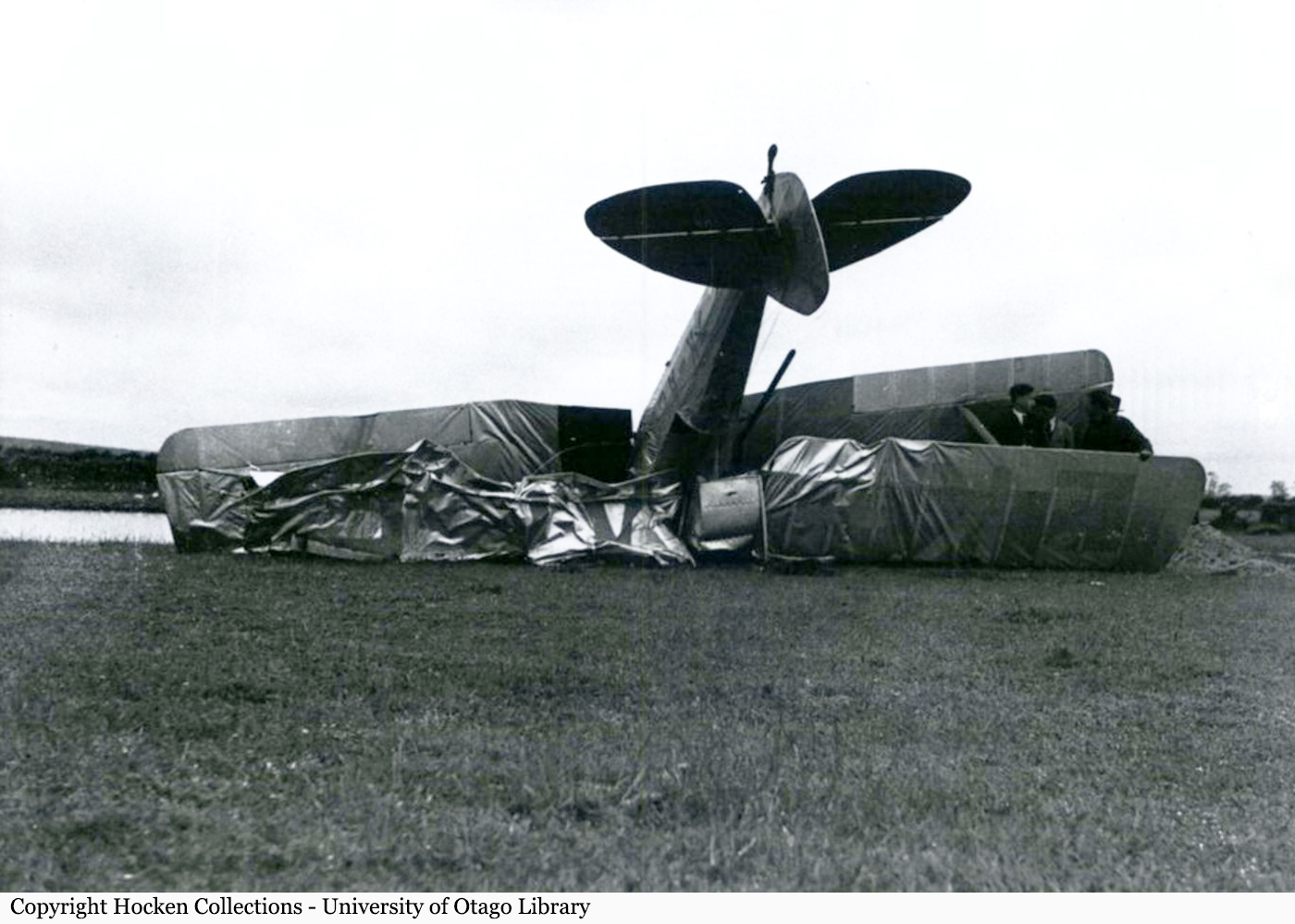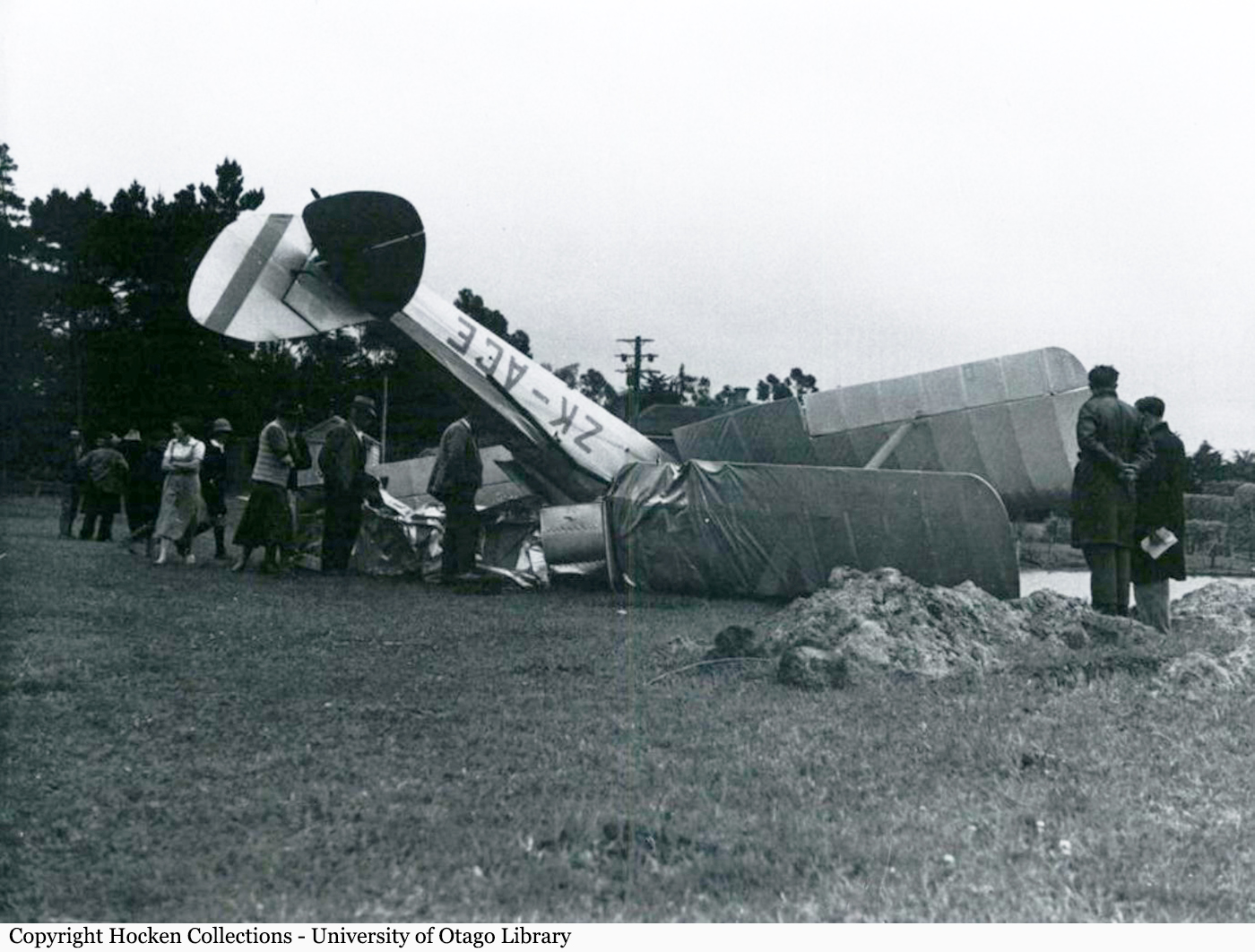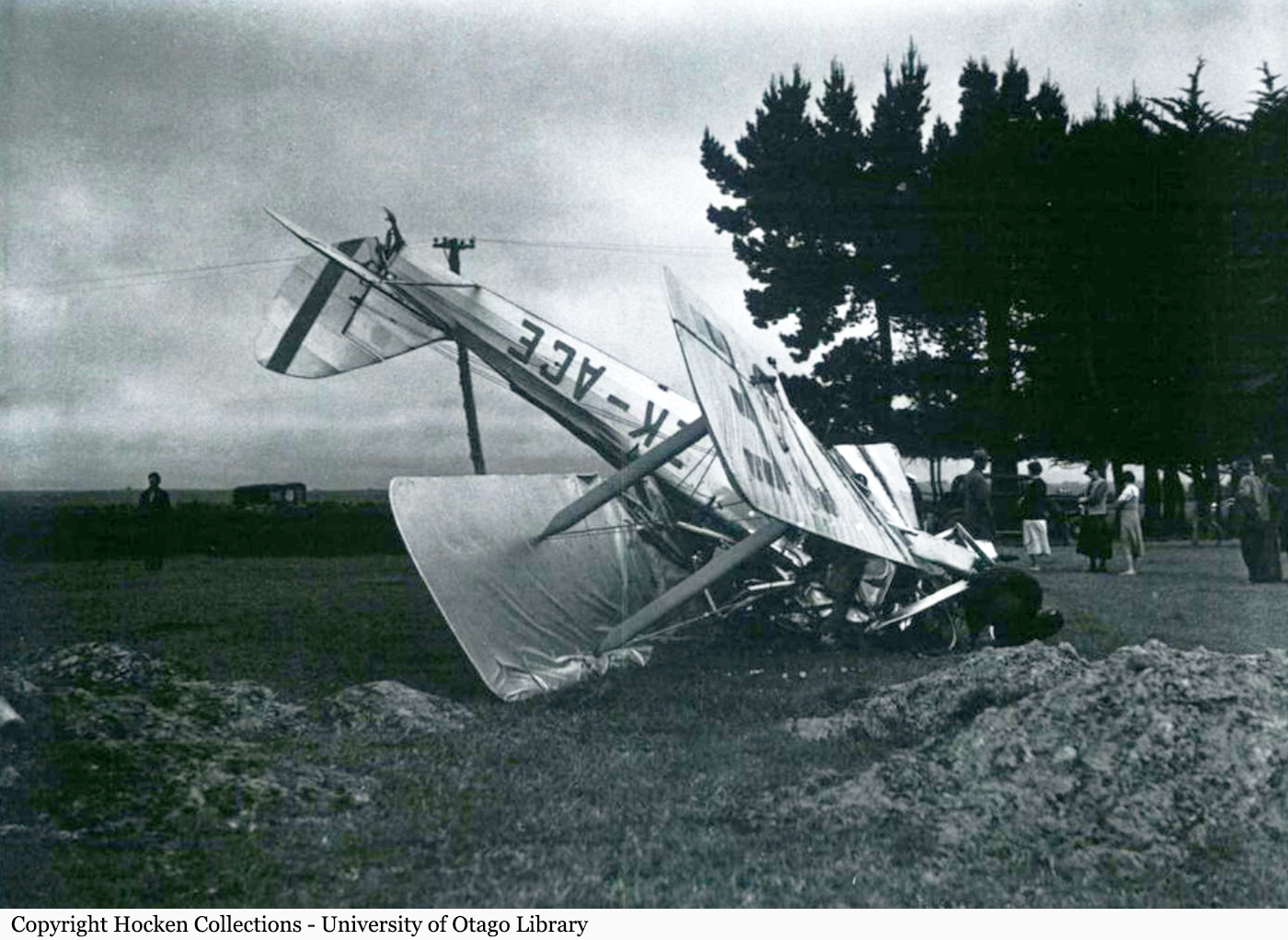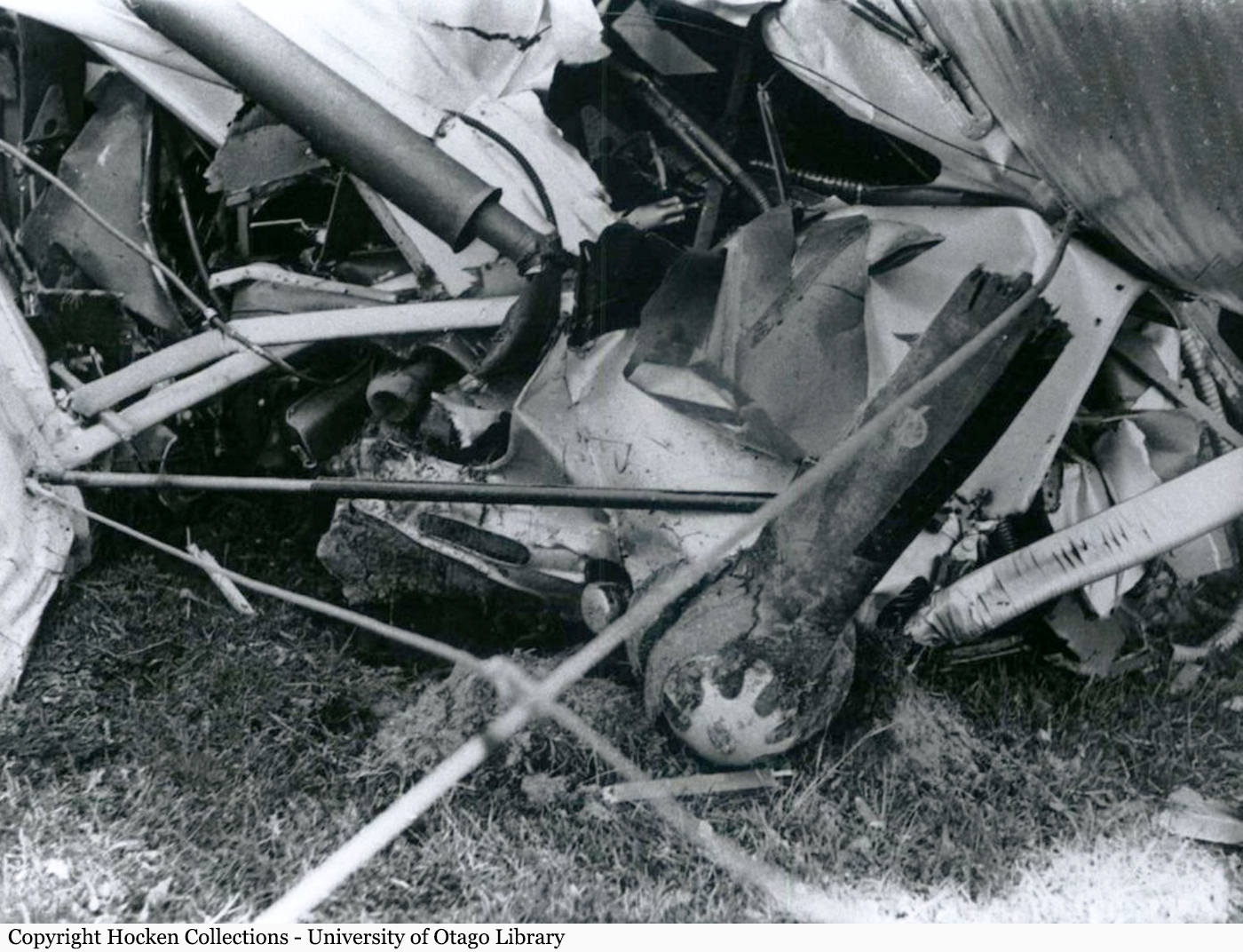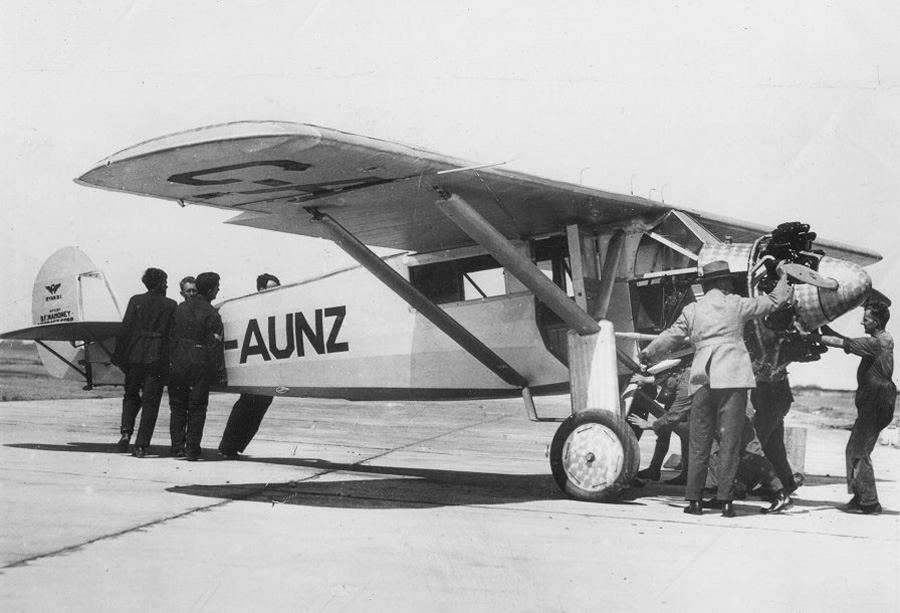Crash of a Supermarine Walrus I off Wellington
Date & Time:
Nov 24, 1937
Registration:
K8541
Survivors:
Yes
Crew on board:
3
Crew fatalities:
Pax on board:
0
Pax fatalities:
Other fatalities:
Total fatalities:
0
Circumstances:
Upon landing in the harbor of Wellington, the float plane overturned and came to rest upside down. All three crew members were injured and the aircraft was damaged beyond repair.
Probable cause:
The crew failed to retract the landing gear prior to land on water.



